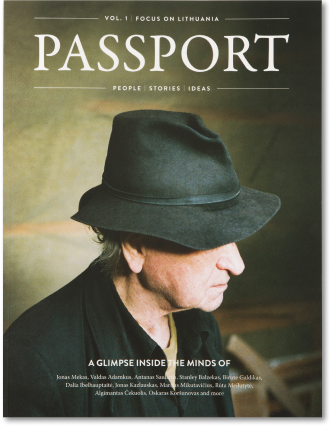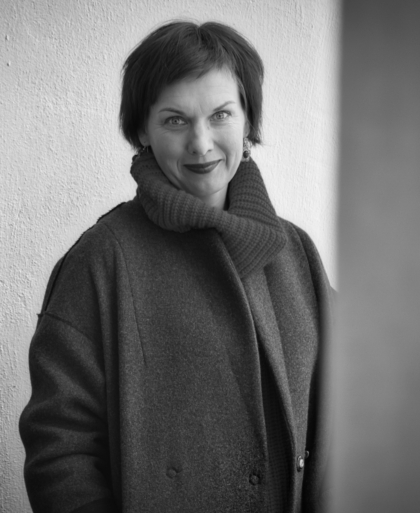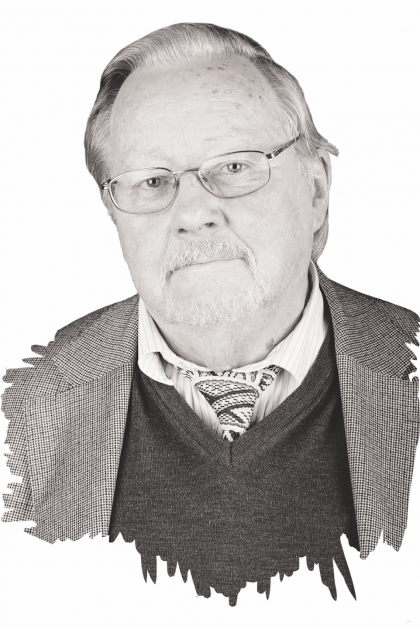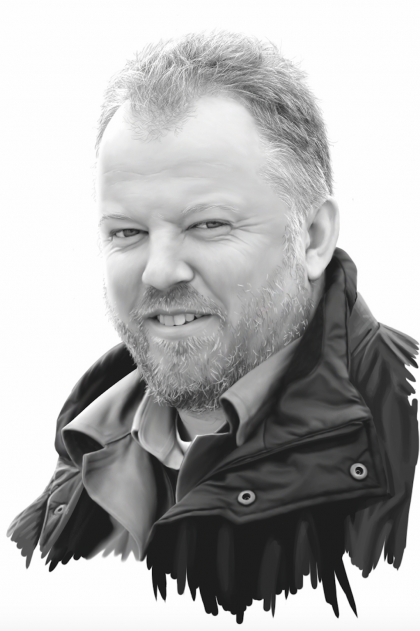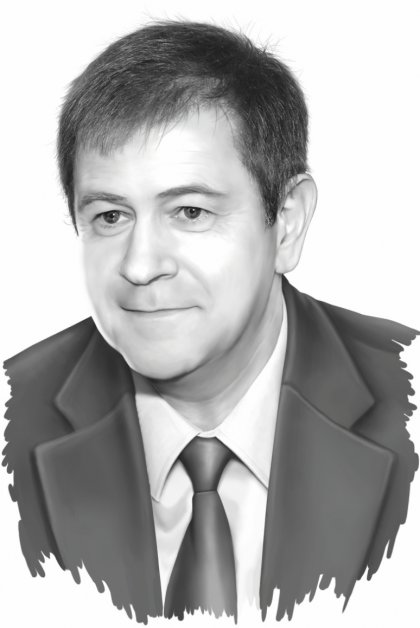Ruslanas Iržikevičius
Founder & Editor-in-Chief of The Lithuania Tribune
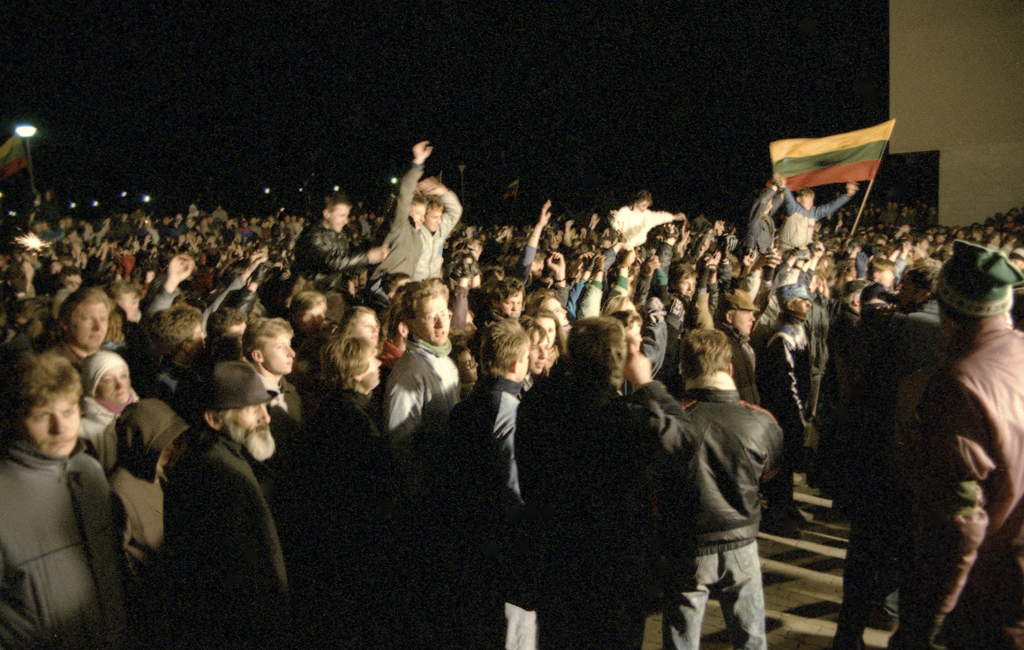
AN INSIGHT INTO SINGING REVOLUTION
Lithuania is well known (or used to be known) as one of the major contributors to the disappearance of the USSR in 1990. Still, not many realize Lithuania was a latecomer to Gorbachev’s perestroika (restructuring) and was one of the last to embrace the policy. Also, not too many people are aware that it was the elderly generation – and not the youth – that initiated the Lithuanian Singing Revolution.
Like many Soviet citizens, Lithuanians had witnessed multiple failed attempts to reform the Soviet system; thus, initiatives from Moscow were largely met with apathy. The leadership of the Communist party of Lithuania consisted of conservative Brezhnevite stock, so the highest echelons of power remained conservative, even by the Kremlin’s standards.
Gorbachev’s visit to Latvia and Estonia in February 1987* reinforced his conviction that the Soviet Baltic republics would be amongst the first to accept perestroika. In addition to their comparatively Western outlook, stemming from their late incorporation into the USSR, they were also exemplary Soviet republics. Orders were obeyed**, the region was stable, and the people worked hard. Lithuania was considered especially “stable,” and even in March of 1988, a KGB report stated that dissent was more likely in Latvia or the Ukraine than it was in Lithuania.
*Gorbachev Mikhail, Memoirs, (London, 1997) p.277
**At least it looked like that from Moscow.
Just as the Balts’ memory of independence could help perestroika, it could also be equally problematic, for although the majority of Balts were loyal to the Soviet state, this loyalty existed only at a superficial level. The Soviet system had been accepted because at the time there was no other choice.
Their obedience did not equate to enthusiasm, however, and for the older generation, Stalinist terror was still a recent memory.
Ruslanas Iržikevičius
A long tradition of distrusting Moscow taught the Balts to hide their real opinions of the USSR; although the promises of perestroika and glasnost (openness) were coming from the Kremlin, fear of persecution kept the population cautious and kept these grievances at the level of “kitchen politics.”
A pivotal event occurred in Vilnius during a meeting of the Artists’ Union on April 20, 1988. Dr. Arvydas Juozaitis presented a lecture entitled “Political Culture and Lithuania,” in which he called Lithuania “the last bastion of Stalinism in the Baltics.” His lecture sparked public debate in the Baltics. Gorbachev’s calls for mass involvement in democratization and perestroika had now reached Lithuania. However, the first debates did not revolve around saving the Soviet motherland and socialism, but were instead a call to reassess the portrayal of the Stalinist regime.
The older generation began speaking the truth to their children and grandchildren, for Gorbachev’s perestroika and glasnost policies provided them with an opportunity to speak about the past. Hence, they initiated the first public debates. The painful truth was coming out, which did little to bolster Lithuanian faith in the USSR and the Soviet system. Articles describing the Stalinist years began to appear. The older generation was “coming out,” and memories that had been preserved for “better times” were now being told. Meetings were heavily attended by those who could personally remember Stalin’s atrocities, and even Hatanaka Sachiko, a visiting professor from Tokyo University, was surprised that the pro-independence demonstrations were so dominated by senior citizens.*
*Hatanaka Sachiko, Lietuva: Kaip Išliko Maža Šalis, (Vilnius, 1999) p.188
These truths and untold stories had a profound impact on Lithuanians born after 1950 who did not feel like “Soviet People” anyway, a generation who had lived with a “double personality” all their lives. The majority of them knew nothing of Stalin’s atrocities firsthand. In order to produce an exemplary Soviet citizen, the Kremlin needed the cooperation of the two pillars of the Soviet society: the official Soviet propaganda from one side and family from the other. This cooperation did not exist in Lithuania because Lithuanian parents were “bad” Soviet parents. Socialism was an alien ideology for them, and their families were never seen celebrating Soviet holidays like October Revolution Day or Red Army Day. Outwardly, Lithuanians obeyed the Soviet state, but inwardly they neither forgave nor forgot. Children with parents who had this “double-personality” never received the ideologically “correct” Soviet upbringing, so they grew up understanding the contradictions inherent in the current system. The new debate, the incentives from the Kremlin, the conservative leadership of the republic, and the creation of the Estonian National Front urged the younger generation to action.
On June 3, 1988, over 500 people attended a meeting whose objective was establishing a steering group to support the perestroika committee*. Some Sąjūdis leaders had a hidden agenda to fight for independence, but even the most optimistic of them could not have anticipated that this would come to fruition in two short years. Perestroika was to become the means by which the Sąjūdis movement would realize independence in 1990.
*Lietuvos Persitvarkymo Sąjūdis, Lietuvos Kelias, 1, (Vilnius, 1989) p.20
It appears the most enthusiastic revolutionaries of the Lithuanian Singing Revolution were old folks, those who still had some memory of an independent Lithuania. It was they who began the perestroika debate in Lithuania that led to Independence. We can only guess what would have happened if perestroika had begun some 20 years later.

